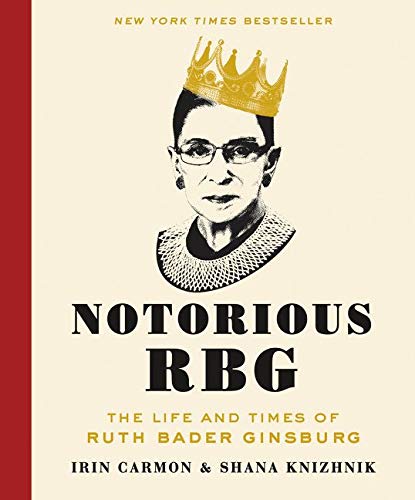This week’s readings were very much interesting to read and had a lot of information. The first reading “The Feminine Mystique (excerpts)” by Betty Friedan talks about the dilemma of women fifteen years after World War II. Betty Friedan used the word “Feminine Mystique” to explain the societal acceptance that women often find fulfillment when doing housework, in their marriage, sexual lives, and childbearing. These women had no other dreams than being “Perfect wives and mothers, having five children & beautiful houses, and fighting in order to keep their husbands. According to Betty Friedan, all these women ever talked about were “Problems with their children or how they can keep their husbands happy, or improve their children’s schools, or what to cook” while their husbands sit and only talk about their shop or politics. Betty Friedan described these women’s unhappiness as “The problem that has no name.” women felt this sense of depression because they were forced to be compliant to men mentally, financially, and physically. Lowering women to the perfect housewife or making them happy homemakers prevented much success and happiness among women and their families. Feminine Mystique helped “redefine the very nature of women’s problem” When women were seen as human beings with great human potential, equal to men, anything that will keep her from achieving her full potential was still a problem to be solved. Having a career was a problem, education, political interest, even the very admission of women’s intelligence and individuality was also a problem. The was also a problem that has no name, an undefined wish for “something more” than washing dishes, ironing, punishing, and praising the children.
The second reading, “The Politics of Housework” by Pat Mainardi talks about the issues of most men seeing housework as a woman’s job, and in order to liberate women, housework should and must be seen as a group effort (for men & women) not just simply work for women. First Pat Mainardi started her article by differentiating between Liberated women and women’s Liberation. She said, “Liberated women signals all kinds of goodies, to warm the hearts of the most radical men such as sex before marriage, casual living arrangements, and the self-content of knowing you’re the kind of man who doesn’t want a doormat woman but rather a woman with a career” While “Women’s Liberation signals housework, women always try to share the housework, but it never happens.” Even when both have careers, work a couple of days a week to earn a living, men would still not want to share the housework. Pat Mainardi also went ahead to tell us how she suggested this to her husband/mate who will stop at nothing to avoid the horrors of housework. Instead of helping, he offered excuses saying, “I don’t mind sharing the housework, but I don’t do it very well. We should do the things we are best at” which means he is no good at doing things like washing dishes or cooking”. What he can do is “changing light bulbs, light carpentry, & moving furniture. It also means that the dirty chores are only meant for women and women alone. In addition, my classmate Isabella Celentano posted their snapshot, and it said, “Seriously! Am I the only one that can see the trash overflowing, the dirty dishes in the sink, the laundry piled up, and the empty toilet rolls? This image very well explains the message Mainardi is trying to pass through. It shows how all the duty is left for women only even the trash. Mainardi also made a list and a way to train men which also serves as a handbook for women to put men to work. And she said if women really need to make sure their husbands follow this list, they should “Keep checking up periodically consider who’s actually doing the jobs(7)” because things have a way of backsliding so that a year later once again the woman is doing everything… Alternate the bad jobs. It’s the daily grind that gets you down….”
The last reading, “The Myth of the Vaginal Orgasm” by Anne Koedt helps create understanding and education for women and men about female sexual pressure and oppose the thought about female orgasm. Koedt in her article argues that the clitoris is the “Center of sexual sensitivity” and is the “Female equivalent of the penis(2).” She also said that other “Sensation perceived to orgasmic are almost experienced through the “Clitoris”. She also argued that the idea of vaginal orgasm came from Freud’s own belief in the inferiority of men and women. According to Koedt in her writing, “it was Freud’s feeling about women’s secondary and inferior relationship to men that formed the basis for his theories on female sexuality(9).” Koedt was against the people that accepted the notion that women that do not “Respond to orgasm during good old-fashioned intercourse are somehow flawed and suffered from a psychological problem that needs treatment. Anne Koedt also said that some women’s orgasms can be experienced through “Sexual fantasy” and she supports that even though the “Cause is psychological the physical sensation, be it localized or more diffuse, necessarily takes places in the sexual organ equipped for the sexual climax- the “Clitoris(5)”.
